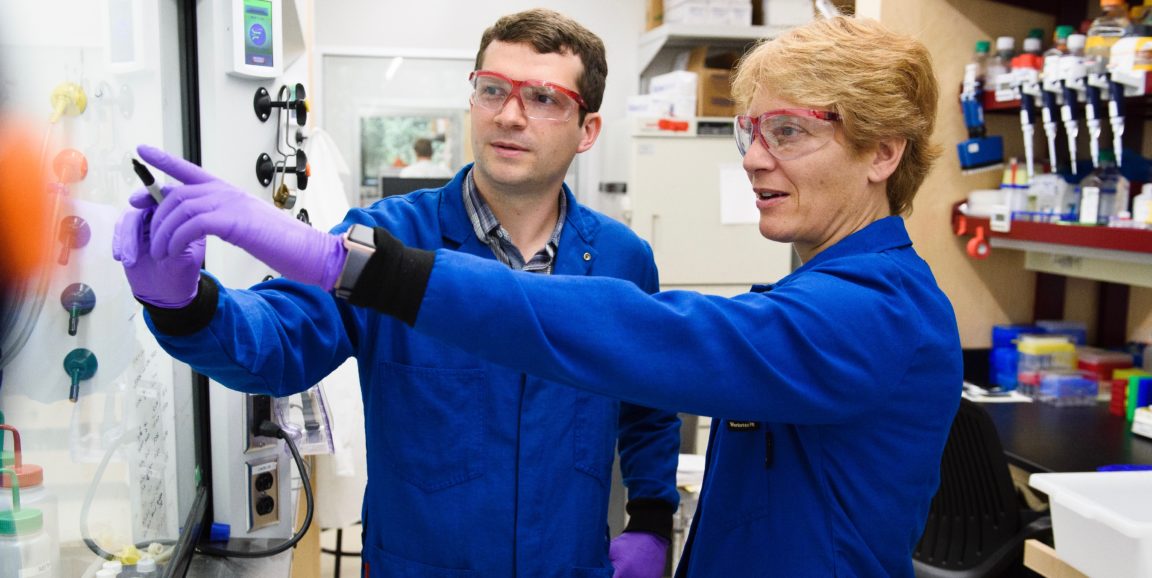A biologist might view the human body as a collection of cells, while a chemist may focus on the molecules, an engineer on physical interactions and a physician on a collection of symptoms. But all of these perspectives, as chemical biologist Carolyn Bertozzi, PhD, knows well, are critical to understand how our bodies work, and to intervene successfully when something goes wrong. And when one person can use all of those lenses to approach a problem, all the better.
That's why she's so excited about the endeavors underway at Stanford ChEM-H, an interdisciplinary center that brings together basic scientists and engineers to improve human health.
In a recent Stanford news piece, she describes her hopes to even more closely unite the researchers with clinicians:
We want it to go both ways. On the one hand, right now Stanford has a strong culture of basic scientists knocking on the doors of their clinical colleagues to try to form collaborations. I think that mentality is very much in the water here at Stanford. But it seems less common for doctors who are wrangling with a patient treatment or diagnosis challenge to recruit basic scientists and engineers onto their patient’s team. I would like to think about how ChEM-H can facilitate more outreach in that direction.
Bertozzi is also working to enhance the center's educational efforts, including through the Chemistry/Biology Interface predoctoral training program and by ensuring that trainees learn to communicate clearly and transition between fields.
From the piece:
It is also very important for our students to acquire depth and apply the highest levels of scholarship in more than one field – to be bilingual, so to speak. This might mean becoming accomplished in chemistry and biology, or in basic and translational science, or in engineering and medicine. Also, the ability to function within several different disciplinary cultures requires excellent communication skills, to further add to that point.
That means we're likely to hear more about new collaborations and groundbreaking work emerging from the center, perhaps done by a chemical engineering biological physician.
Photo of former graduate student Fred Tomlin and Carolyn Bertozzi by L.A. Cicero




